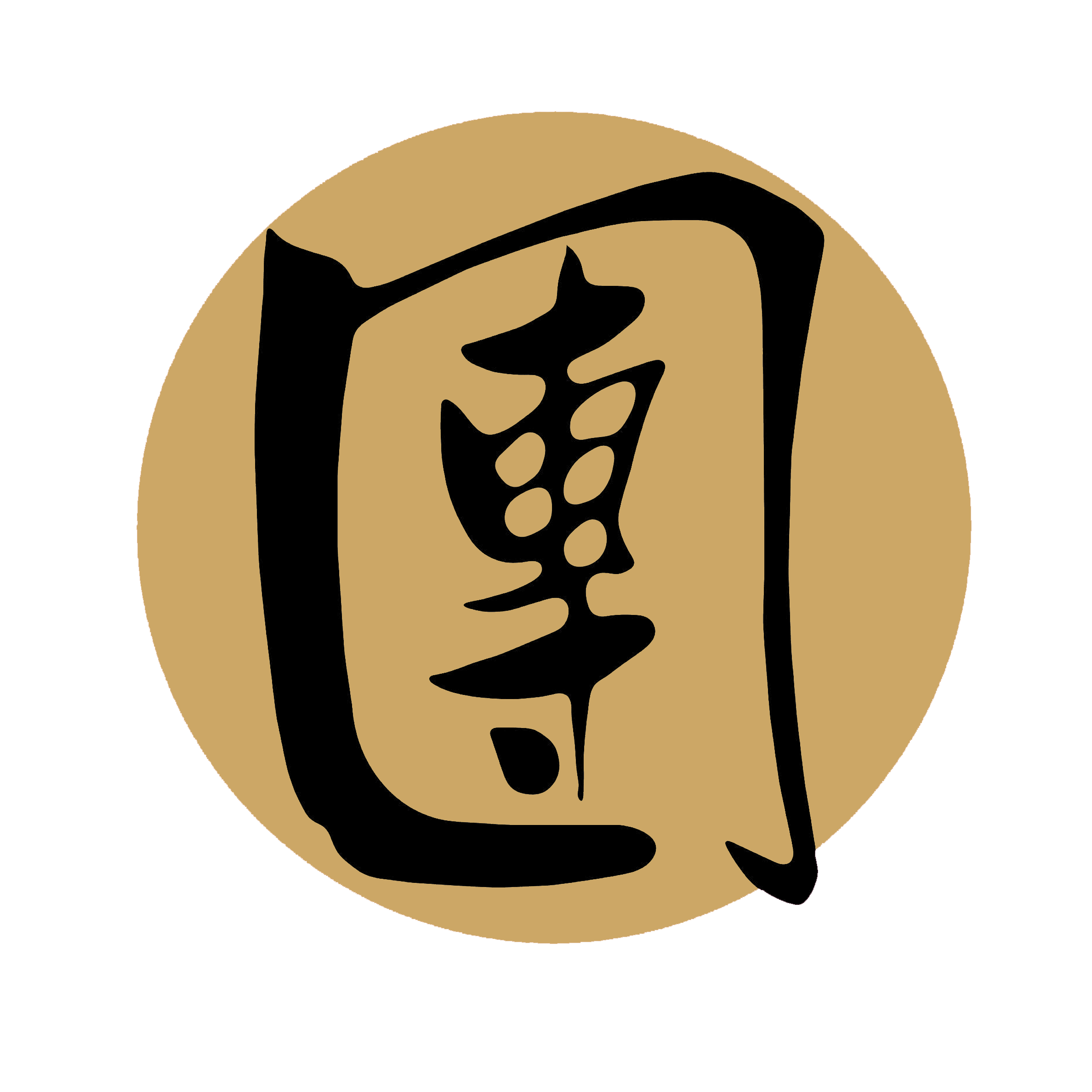31. Ging-lai: Choy Li Fut Kung Fu Technique
Ging-lai: The Respectful Salute in Martial Arts In the world of martial arts, respect is a core value that is deeply ingrained in the traditions and practices of various disciplines. One such expression of respect is the ging-lai, a ceremonial salute performed to show honor and reverence. In this article, we will explore the significance, execution, and cultural importance of the ging-lai salute in martial arts. Understanding the Ging-lai: Ging-lai, also known as the respect salute, is a traditional gesture of respect and acknowledgment. It serves as a way for martial artists to pay tribute to their training, their instructors, and the martial arts lineage they belong to. The term "ging-lai" translates to "respect salute" and encapsulates the spirit of reverence and gratitude inherent in martial arts practice.
Symbolism and Cultural Significance: The ging-lai carries deep symbolic meaning within the martial arts community. It is a gesture that reflects humility, discipline, and a willingness to learn. By performing the salute, practitioners acknowledge the wisdom and knowledge passed down from their masters and express their commitment to upholding the values and traditions of their martial arts style. The ging-lai salute also represents a connection to the martial arts lineage. It serves as a bridge between past and present, honoring the martial artists who came before and paved the way for the current generation. Through this salute, practitioners demonstrate their respect for the history, culture, and traditions associated with their martial arts style.
Execution of the Ging-lai: The ging-lai salute is typically performed at the beginning and end of martial arts training sessions, as well as during formal events and ceremonies. The execution may vary slightly depending on the specific martial arts style, but the underlying principles remain the same. To perform the ging-lai, practitioners typically stand in an upright position with their feet shoulder-width apart. They bring their hands together in a specific manner, with the right fist placed in the left palm. The position of the hands may differ between styles, with some placing the right fist on top of the left palm and others positioning the right fist within the curvature of the left palm. During the ging-lai salute, practitioners often bow their heads slightly, signifying their respect and humility. The duration and depth of the bow may vary, but the emphasis is on maintaining a dignified and reverential posture throughout the salute.
Cultivating Respect and Discipline: Beyond its ceremonial significance, the ging-lai salute plays a crucial role in cultivating respect, discipline, and mindfulness in martial arts practitioners. It serves as a constant reminder to approach training with humility, open-mindedness, and a willingness to learn from others. The act of performing the salute fosters a sense of unity and camaraderie among practitioners, emphasizing the importance of mutual respect and support within the martial arts community. Additionally, the ging-lai salute reinforces the values of discipline, patience, and perseverance. By consistently practicing the salute, martial artists develop a heightened awareness of their actions and behaviors both inside and outside the training hall. The respect and discipline cultivated through the ging-lai extend beyond the physical aspects of martial arts, influencing practitioners' daily lives and interactions with others.
In conclusion, the ging-lai salute serves as a powerful symbol of respect, humility, and gratitude in martial arts. Through its execution, practitioners honor their instructors, the martial arts lineage, and the rich cultural heritage associated with their chosen style. The ging-lai fosters a sense of unity, discipline, and mutual respect among practitioners, reinforcing the core values that define the martial arts journey. By embracing the essence of the ging-lai, martial artists uphold the traditions and principles of their discipline, creating a harmonious and respectful environment for all.

